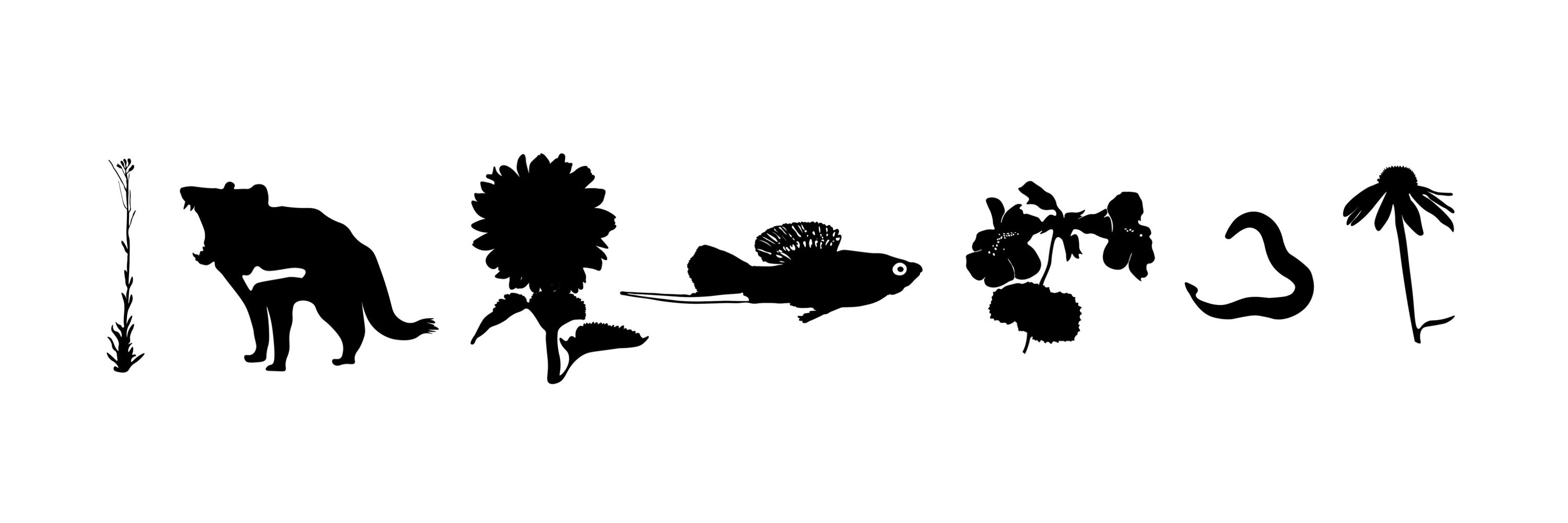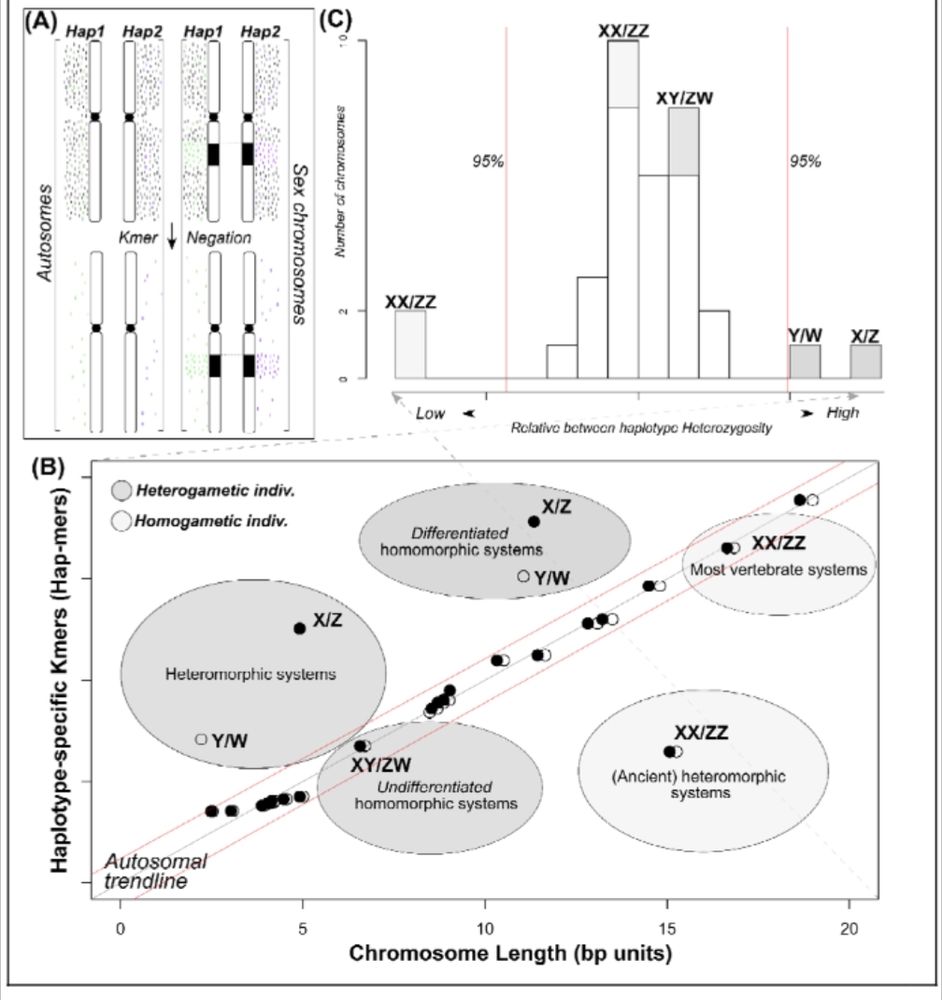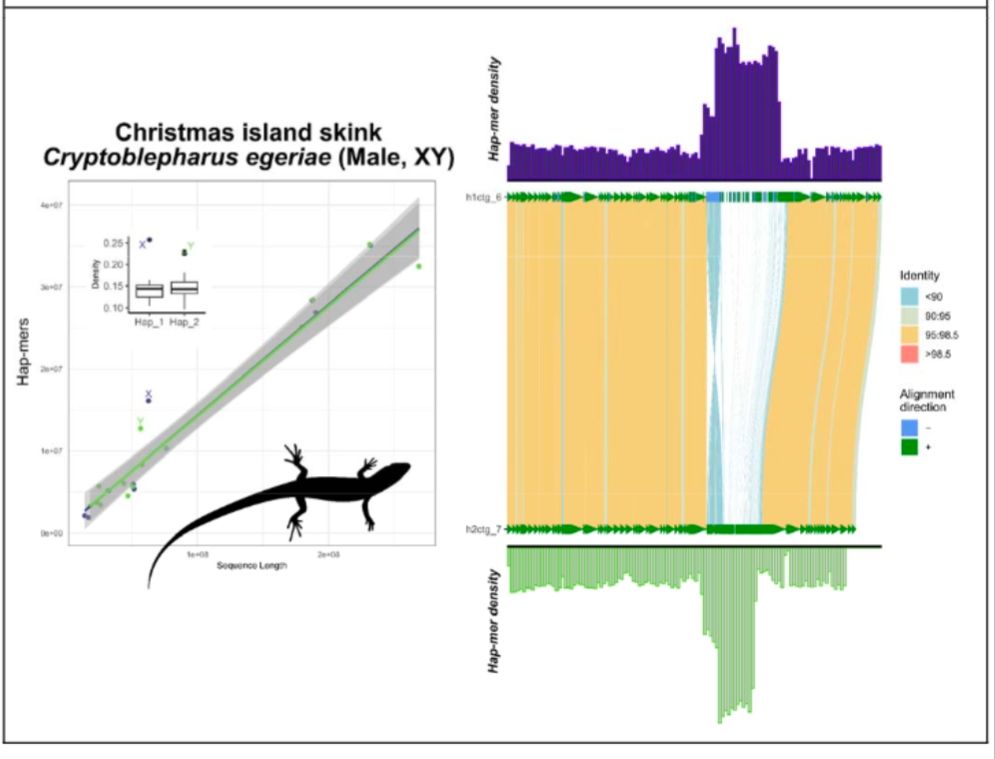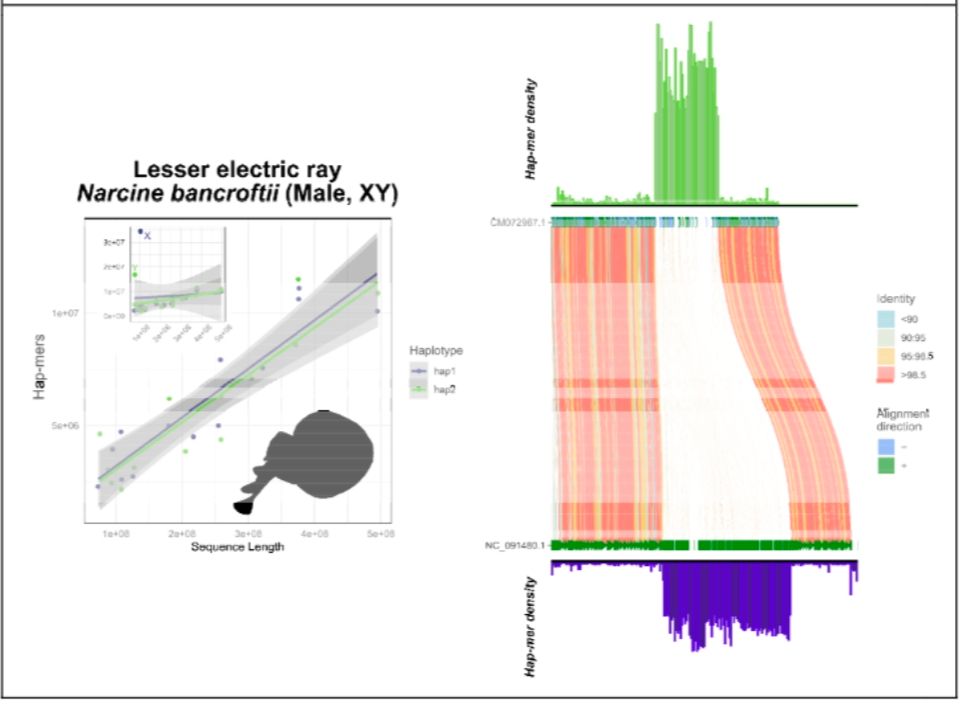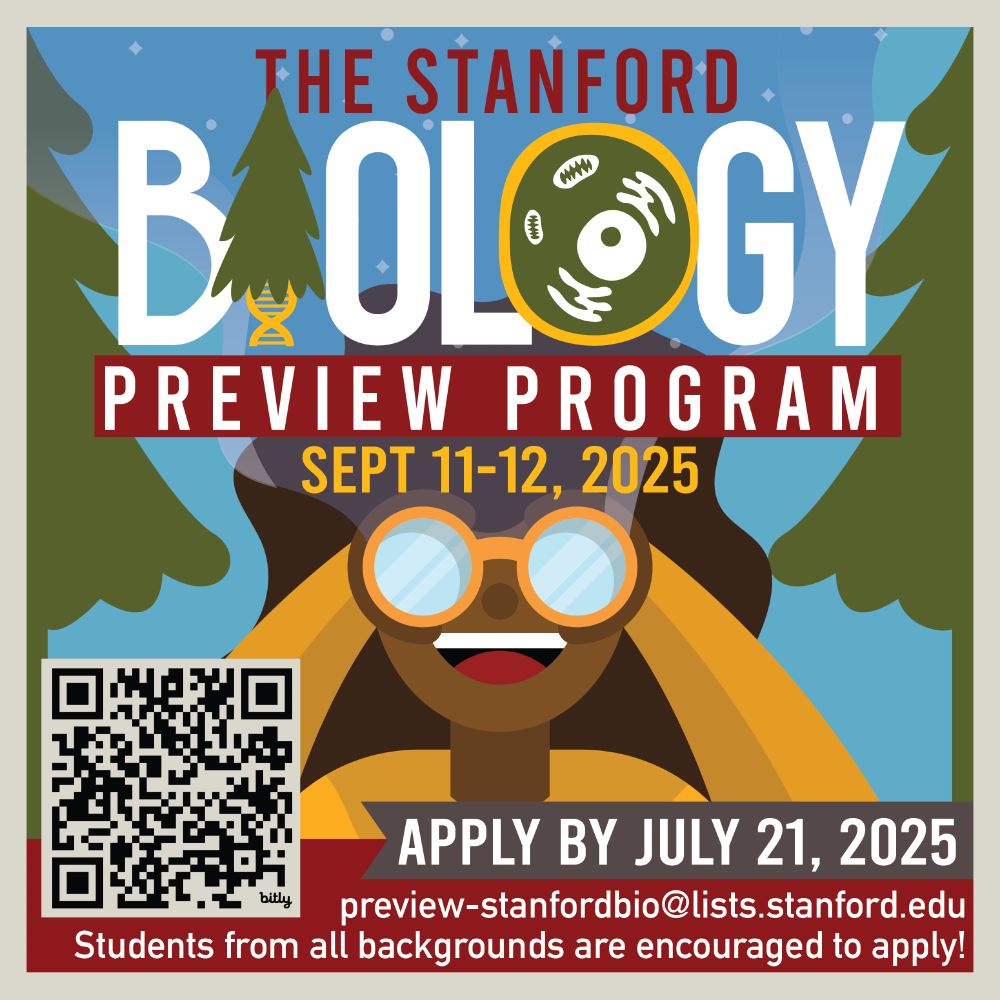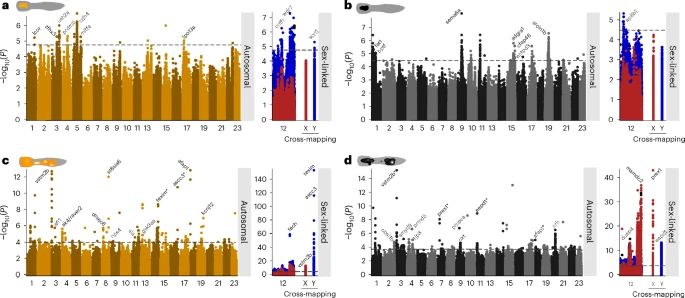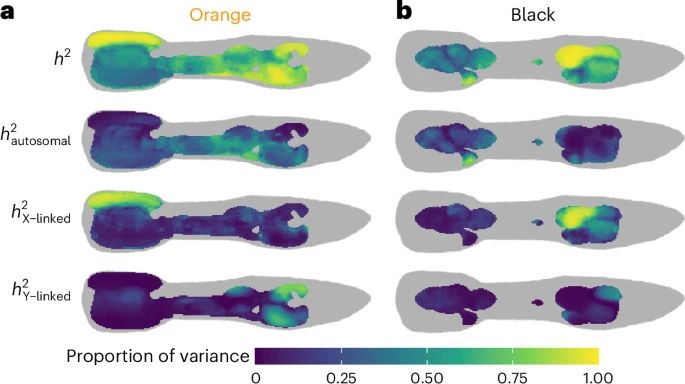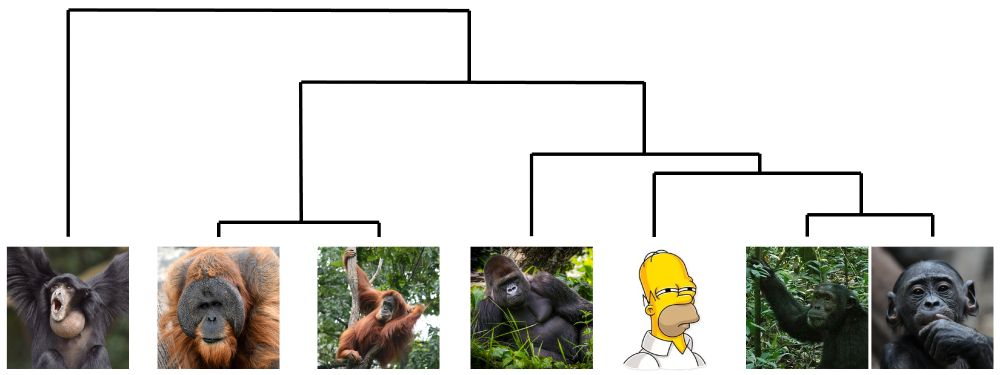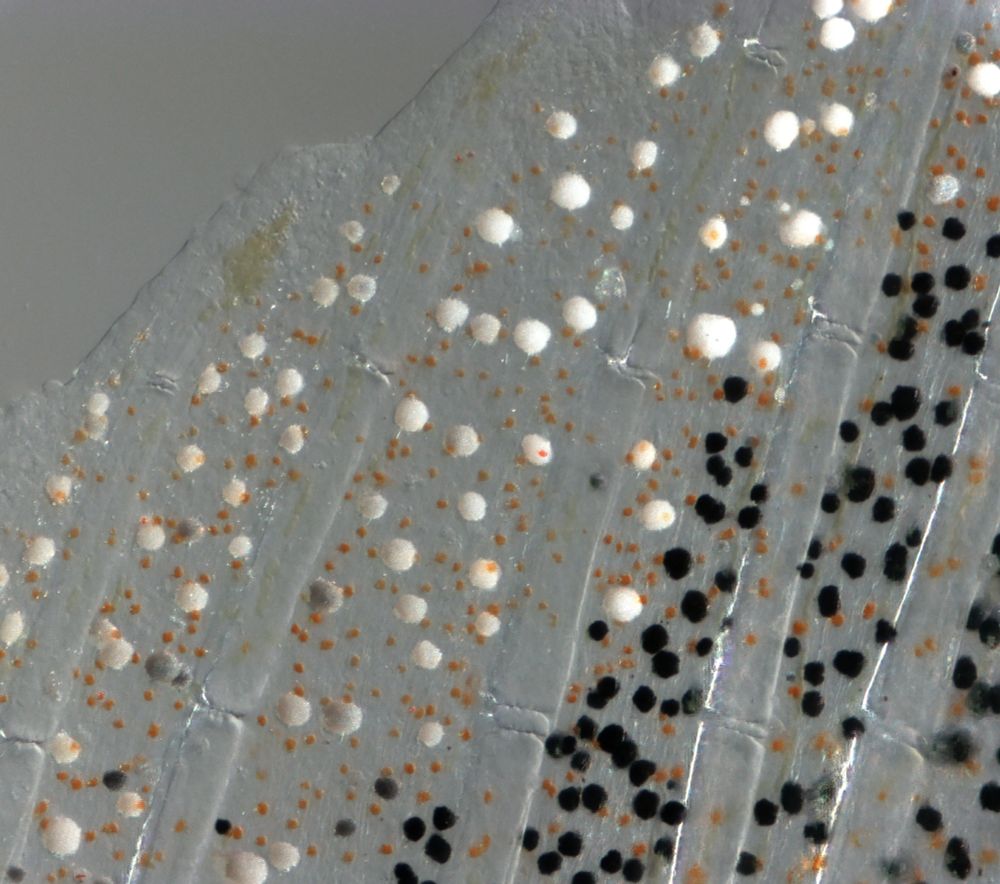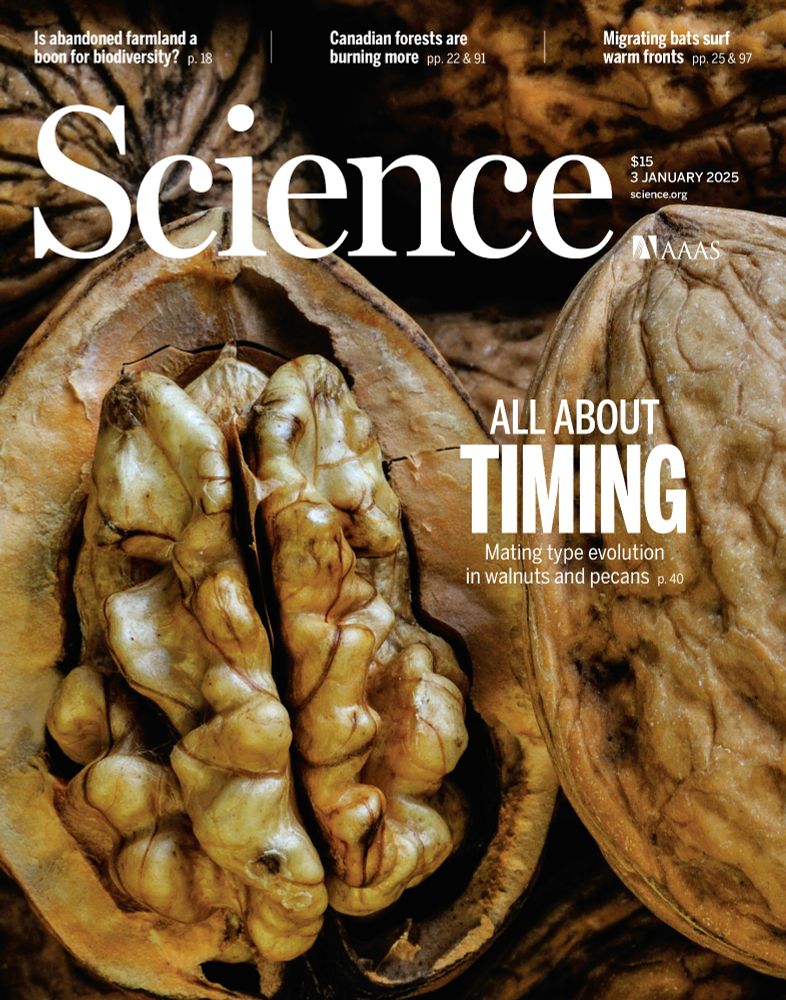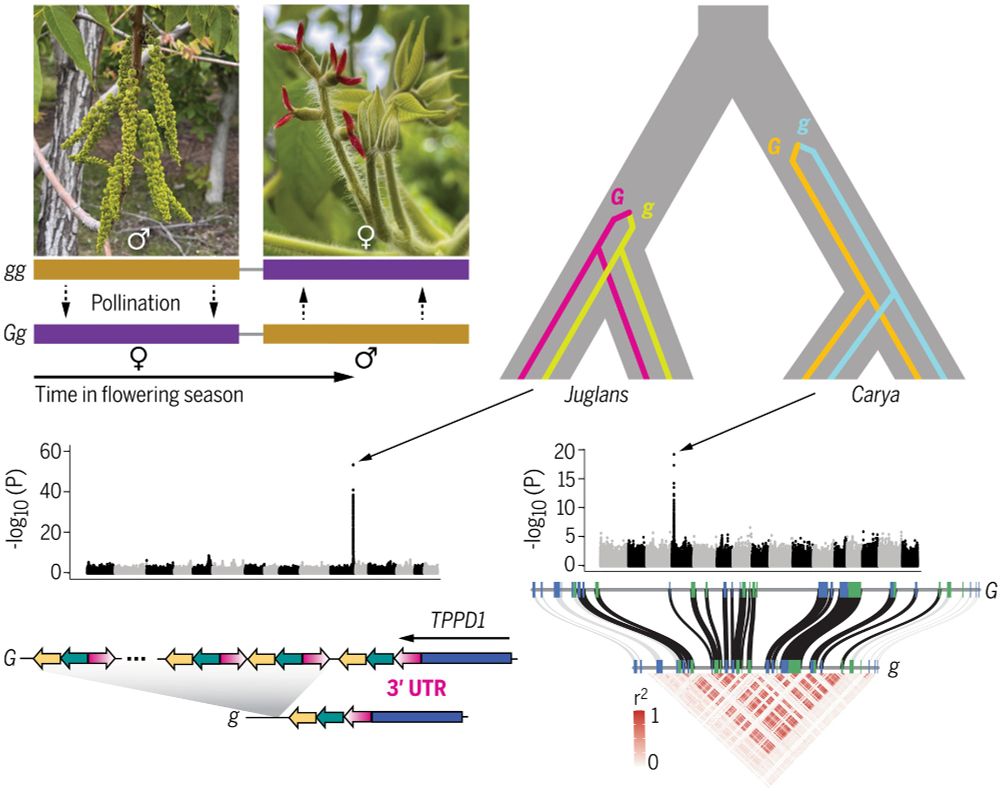Tris Dodge
@tododge.bsky.social
130 followers
150 following
6 posts
PhD candidate with Molly Schumer | balancing selection, hybridization, structural variation | 🐟🦎🌻🧬👨💻
www.tododge.com
Posts
Media
Videos
Starter Packs
Reposted by Tris Dodge
Reposted by Tris Dodge
Reposted by Tris Dodge
Reposted by Tris Dodge
Molly Schumer
@mollyschumer.bsky.social
· Jul 21
Reposted by Tris Dodge
Reposted by Tris Dodge
Reposted by Tris Dodge
Ben Moran
@ben-moran.bsky.social
· May 1

Increased rates of hybridization in swordtail fish are associated with water pollution
Biodiversity loss can occur when disturbance compromises the reproductive barriers between species, causing them to collapse into a single population through hybridization. Recent research has documen...
www.biorxiv.org
Tris Dodge
@tododge.bsky.social
· Apr 19
Tris Dodge
@tododge.bsky.social
· Apr 19
Reposted by Tris Dodge
Reposted by Tris Dodge
Reposted by Tris Dodge
Reposted by Tris Dodge
Reposted by Tris Dodge
Reposted by Tris Dodge
Tris Dodge
@tododge.bsky.social
· Nov 16
Molly Schumer
@mollyschumer.bsky.social
· Sep 25
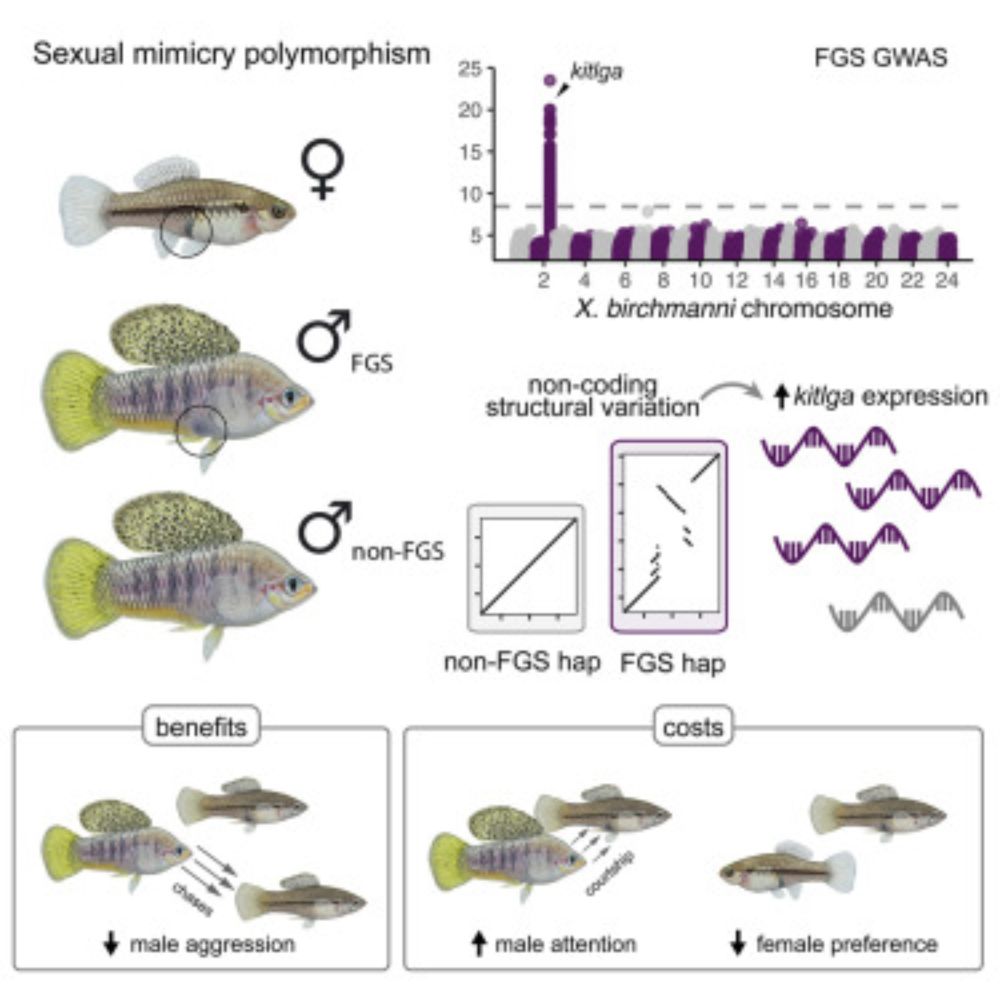
Structural genomic variation and behavioral interactions underpin a balanced sexual mimicry polymorphism
How phenotypic diversity originates and persists within populations are classic puzzles in evolutionary biology. While balanced polymorphisms segregat…
www.sciencedirect.com
